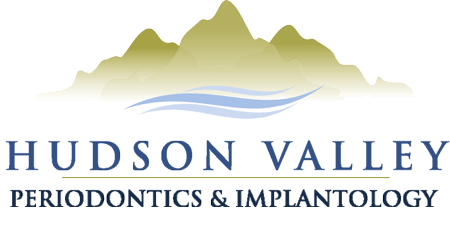Scaling and root planing are two procedures used to treat gum disease and prevent it from recurring. They are typically performed together, one after the other, for best results.
If you have chronic or recurring gum disease, scaling and root planing may be recommended to eliminate the cause and repair the resulting damage.
What is Periodontal Disease?
Periodontal disease, more commonly known as gum disease, is a bacterial infection of the gum tissue caused by plaque buildup on the teeth. Plaque is a sticky film made up of food residue and bacteria that clings to the teeth. When it is not removed by brushing and regular dental cleanings, the bacteria can infect the gum tissue.
The symptoms of gum disease include:
- Red, irritated gum tissue
- Bleeding gums
- Bad breath
- Loose teeth
- Abscesses on the gums
What is Scaling and Root Planing?
Scaling and root planing are two periodontal procedures performed one after the other in a single appointment.
- Scaling. Scaling is the process of removing hardened plaque (calculus) from the teeth and the roots under the gums. Dental tools are used to reach under the gums where calculus can form on the roots of the teeth.
- Root planing. Once the calculus is removed, root planing is the process of buffing the surface of the roots until they are smooth. This allows the gum tissue to reattach more firmly to the gums without leaving spaces for plaque to get between the gums and teeth.
Average Cost of Scaling and Root Planing
The cost of scaling and root planing can range anywhere from around $400 to close to $4,000. The actual cost depends on a variety of factors:
- Number of teeth being treated. The biggest factor in the cost of scaling and root planing is the number of teeth that need to be treated. The average cost per quadrant is $400, so treatment for the entire mouth will cost more.
- Your insurance. Dental insurance typically covers a portion of the cost of scaling and root planing, If you have an insurance plan that covers it, you are only responsible for the remaining cost after insurance.
- General dentist vs periodontist. A periodontist is a dental specialist, so the cost of scaling and root planing may be slightly higher if you see a periodontist. But you are gaining the expertise of a specialist who can provide an advanced level of care.
- Cost of living in your area. The rate for dental services is largely based on the cost of living in the area where your dentist is located.
The Importance of Periodontal Maintenance
Scaling and root planing may need to be repeated on a regular schedule to keep gum disease from coming back. This is referred to as periodontal maintenance, and it may take place monthly or quarterly, depending on your needs.
Frequently Asked Questions About Scaling and Root Planing
Is anesthesia required for scaling and root planing?
Local anesthesia may be helpful to prevent any discomfort during scaling and root planing. Since the procedure involves pulling the gum tissue away from the teeth temporarily, it can be uncomfortable without anesthesia.
How often will I need scaling and root planing?
The schedule will be based on your individual needs. Some patients only need one treatment. Others may need monthly or quarterly treatments. It depends on the extent of your gum disease and your oral hygiene habits between cleanings.
Why Go to a Periodontist for Scaling and Root Planing?
A periodontist is a dental specialist who has specific training and expertise in treating the support structure for the teeth, including the gums. Periodontists have advanced tools and a thorough knowledge of gum disease and the best techniques to treat it.
Hudson Valley Periodontics & Implantology provides scaling and root planing services to help manage gum disease.
Call 845-623-6666 or contact us today to learn more and schedule an appointment.

